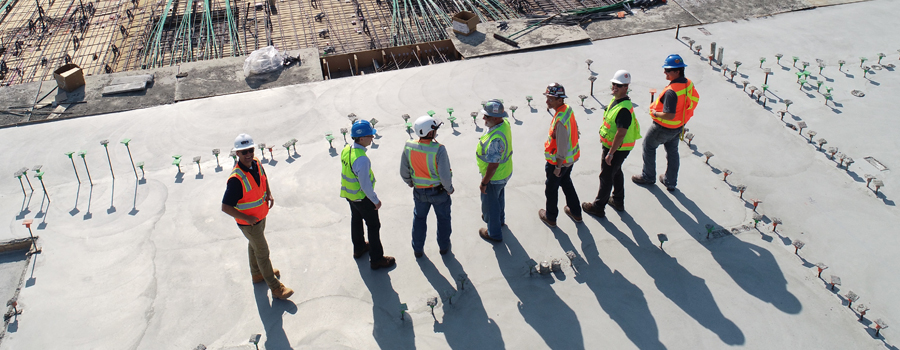Blog Post

The building industry is advancing at a rate never before seen. Disruptive technologies are changing the face of construction in response to rising consumer expectations for higher-quality products, shorter production times, safer job sites, more eco-friendly practices, and more durable structures. Here, we'll go through the top five building industry developments that you must be aware of.
These upcoming trends can help you decide whether you own a construction business, work in the industry, or are just in the market for a new home. After all, these tendencies don't simply make building simpler and quicker with ready-mix concrete; they also make it more effective, environmentally friendly and prepared for the future.
The Five Most Important New Building Trends
1) Experiencing a rise in the price of raw materials
The PPI for building materials has increased by 5% over the past three years. Unfortunately, rising material prices in the building sector are here to stay. The expenses of both materials like ready mix concrete and trained workers are on the rise. Two logical conclusions can be drawn from this: first, real estate prices would be affected, and second, building firms will experience increased competition.
Incorporating cost-saving measures, including using the appropriate technology, into the building process is one of the smartest ways to reduce expenses. This would improve the building process's quality, productivity, and safety.
2) Green Construction
This is one of the most promising developments in the building sector, and it promises to become the standard by which all other construction endeavours are measured. Green builders often employ energy-saving and resource-conserving technologies to reduce a building's environmental impact and operational costs.
According to studies, the building sector is responsible for roughly 20% of all worldwide emissions. This places a significant strain on the natural world, but sustainable buildings have the potential to reverse this trend. Eco-friendly structures make the most efficient use of power and materials because of this significant reduction in the trash produced when building. As a result, zero net carbon emissions can be produced while building.
Several environmentally friendly building movements are gaining popularity, such as -
• carbon-removal window screens,
• reclaimed tobacco leaf bricks,
• powered by heat exchangers
• Self-repairing asphalt.
3) Building Science and Engineering Technology
For a long time, the building sector followed its tried-and-true methods. However, technology has recently entered the building industry and promises to revolutionise how things have been done up until now.
The software used for managing construction projects is improving and becoming more user-friendly. Time, money, and quality may all be managed more effectively using cloud-based digital project management software.
Construction management software is only one example of how technology changes the industry. Drones can now inspect sites, and robots can carry out dangerous tasks.
4) Prefabricated and Modular Building Design
The time, energy, and money benefits offered by modular and prefabricated buildings are causing a stir worldwide. Building with modules rather than traditional methods allows construction firms to save time and money without sacrificing quality.
Moreover, surplus or unused materials can be reused in prefabricated buildings. As a result, trash is reduced, and the construction process becomes more environmentally friendly.
Repetitive building projects are ideal for modular and prefabricated methods. Therefore, using this method to construct commercial projects like offices, buildings, hotels, and flats will result in better cost control, faster delivery, and a lower environmental impact.
5. BIM (Computer-Aided Modeling of Buildings)
BIM, or Building Information Modeling, is another development that has revolutionised the building sector. Building Information Modeling (BIM) is a virtual design and visualisation tool that creates real-time CGI representations of infrastructure (such as buildings, roads, and utilities).
According to the data collected and analysed, roughly 30% of all construction costs are attributable to fixing mistakes or rectifying poor artistry. Because BMI allows construction crews first to construct buildings in a virtual setting, it has the potential to reduce this cost significantly. BIM also provides architects and engineers with invaluable information regarding the durability of various building materials. As a result, the potential for collapse is diminished!
BIM is the next big thing and will help the building sector save money and the planet. Most large construction firms now utilise some form of technology, and even those that have been slow to embrace it are beginning to see the long-term financial benefits of BIM.
For more details on the construction strategies and low-cost supplies of ready-mix concrete, connect with Save Time Concrete!